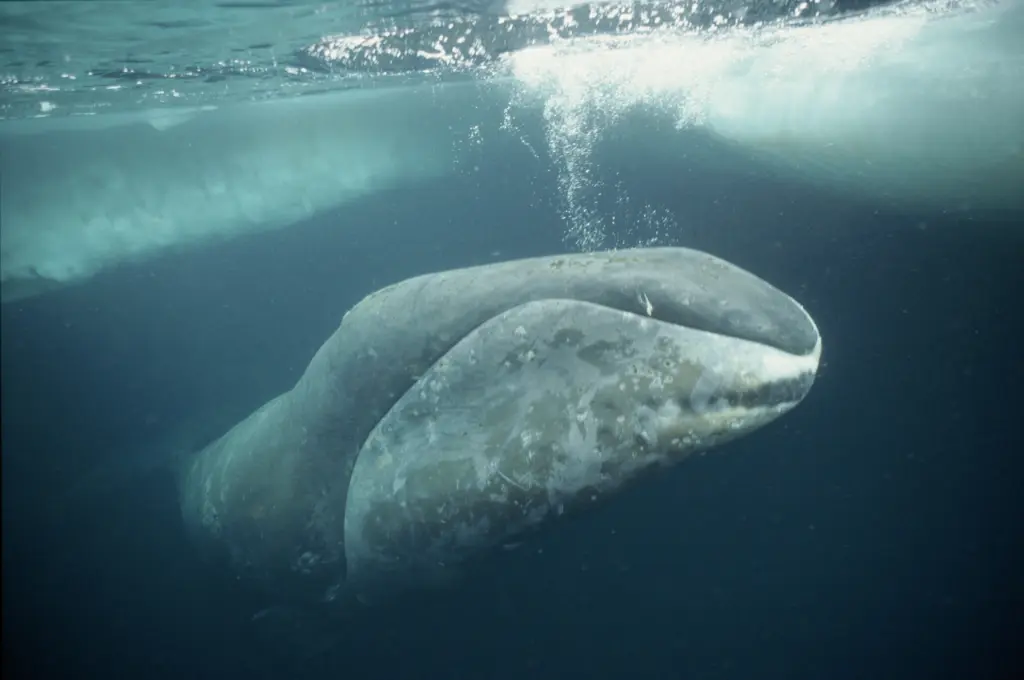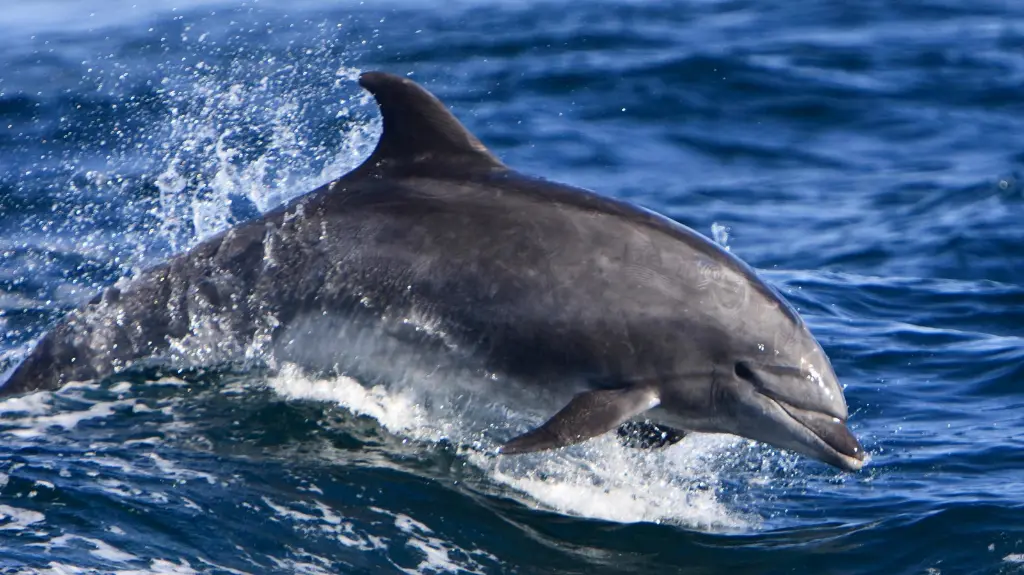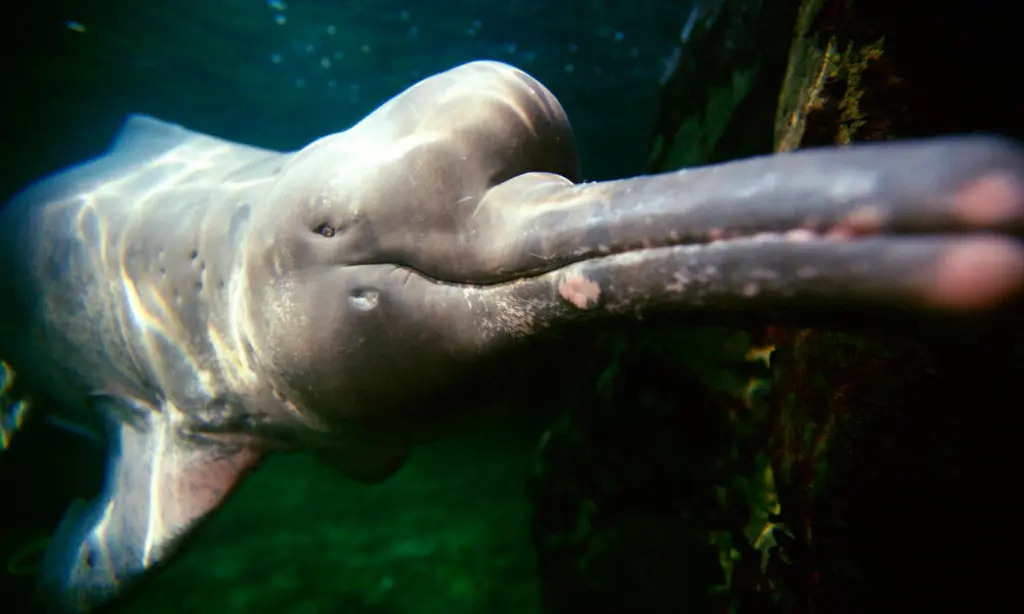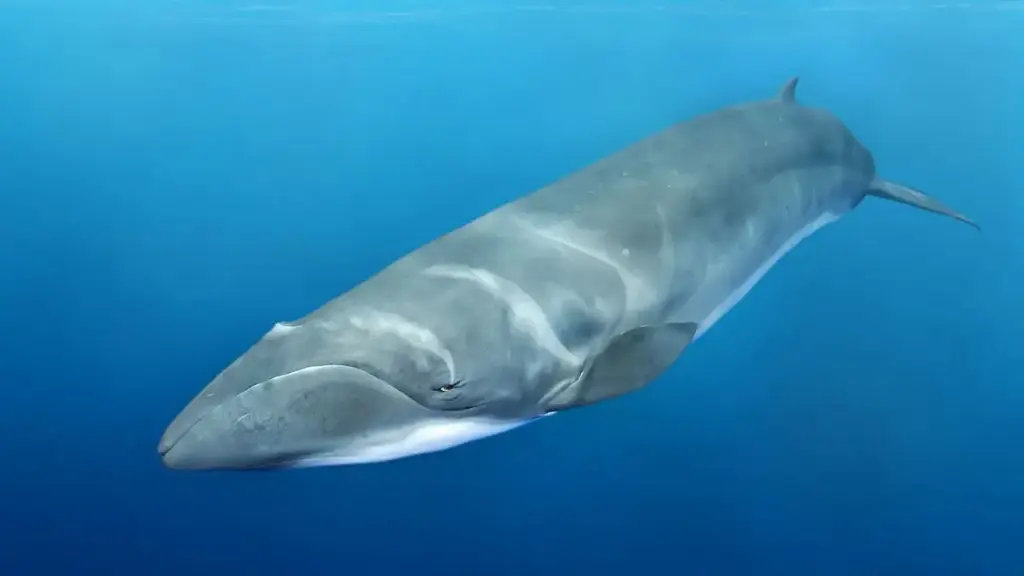Imagine a creature that navigates murky waters using sound, gracefully gliding through rivers despite being nearly blind. Meet the Ganges River Dolphin (Platanista gangetica), a unique and fascinating animal found in the rivers of India, Nepal, and Bangladesh. Sadly, this incredible species is facing significant threats, and understanding them is crucial to its survival.
What Makes the Ganges River Dolphin So Special?
The Ganges River Dolphin isn’t just any dolphin; it’s a critically endangered species with a fascinating evolutionary history and unique adaptations. Let’s dive into what makes it so special:
A Living Fossil
These dolphins are considered “living fossils” because their lineage traces back millions of years. They represent an ancient branch of river dolphins, highlighting their evolutionary significance. Studying them gives scientists valuable insights into the history of these aquatic mammals.
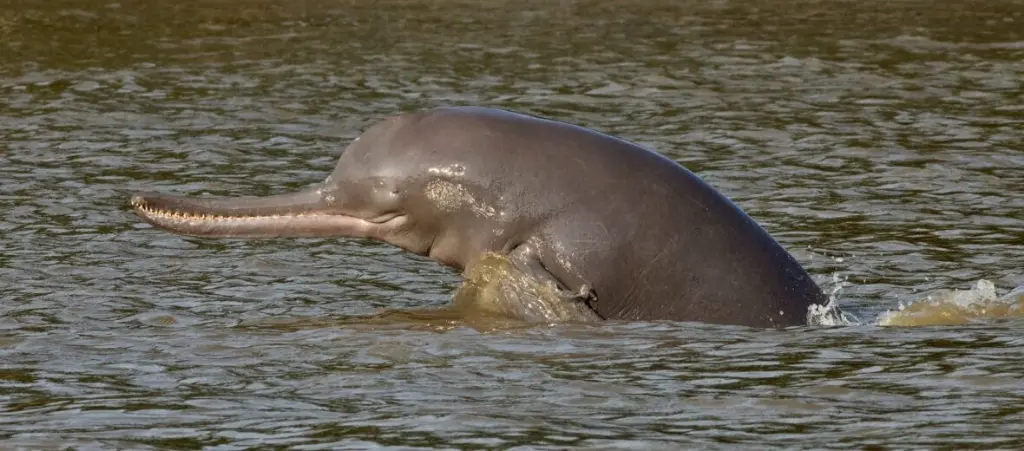
Echolocation Masters: Navigating the Murky Waters
The waters where these dolphins live are often murky and visibility is extremely limited. To overcome this challenge, they rely heavily on echolocation. They emit clicks and listen for the echoes to create a “sound map” of their surroundings, allowing them to find food, navigate obstacles, and even communicate with each other. They are functionally blind, having only rudimentary eyes that can detect light intensity.
Unique Physical Characteristics
The Ganges River Dolphin has some distinctive physical features:
- Long, slender snout: Perfect for probing the riverbed for prey.
- Rounded belly: Helps them maintain buoyancy in the water.
- Small dorsal fin: Unlike the prominent dorsal fins of ocean dolphins, their dorsal fin is merely a low, triangular hump.
- Paddle-like flippers: Designed for maneuvering in the river currents.
A Keystone Species
The health of the Ganges River Dolphin population is a good indicator of the overall health of the river ecosystem. As a top predator, their presence signifies a balanced food web and a thriving river environment. If the dolphins are struggling, it’s a sign that something is wrong with the entire ecosystem.
Where Do They Live? The Ganges River Dolphin’s Habitat
As the name suggests, these dolphins primarily inhabit the Ganges River system, including its major tributaries like the Brahmaputra and Meghna rivers. They are specifically adapted to living in freshwater environments. Their range extends across India, Nepal, and Bangladesh. They prefer deep pools where prey is abundant.
What Do They Eat? The Diet of a River Dolphin
Ganges River Dolphins are primarily piscivorous, meaning their diet mainly consists of fish. They also feed on crustaceans and other small aquatic animals they find while foraging along the riverbed. Their echolocation abilities are crucial for locating prey in the murky waters.
The Threats They Face: Why Are Ganges River Dolphins Endangered?
Sadly, the Ganges River Dolphin is facing numerous threats that have led to its endangered status. Understanding these threats is the first step towards protecting this incredible species.
Habitat Degradation
This is arguably the biggest threat. The rivers are heavily polluted with industrial waste, agricultural runoff, and sewage. This pollution contaminates the water, reduces the availability of prey, and directly impacts the health of the dolphins. Dams and barrages fragment the river, isolating dolphin populations and preventing them from accessing crucial breeding and feeding grounds. This habitat fragmentation can lead to reduced genetic diversity and increased vulnerability to local extinctions.
Direct Killing
Historically, dolphins were hunted for their oil and meat. While direct hunting is now illegal, accidental entanglement in fishing nets remains a significant threat. Dolphins can become trapped in these nets and drown. Illegal fishing practices, such as the use of explosives, also pose a serious risk.
Water Diversion and Reduced Water Flow
The diversion of water for irrigation and other purposes reduces the river’s flow, making it shallower and more susceptible to pollution. Reduced water flow also decreases the availability of habitat and prey for the dolphins.
Noise Pollution
Increased boat traffic and other human activities generate noise pollution that can interfere with the dolphins’ echolocation abilities. This makes it harder for them to find food, navigate, and communicate, ultimately impacting their survival.
Climate Change
Changes in rainfall patterns, increased frequency of floods and droughts, and rising water temperatures all pose threats to the Ganges River Dolphin and its habitat. These changes can alter the river’s ecosystem and reduce the availability of prey.
Conservation Efforts: What’s Being Done to Help?
Fortunately, various organizations and governments are working to protect the Ganges River Dolphin. Conservation efforts include:
Protected Areas
Establishing protected areas and sanctuaries along the river helps safeguard critical dolphin habitats. These areas restrict harmful activities and provide a safe haven for the dolphins. For example, the Vikramshila Gangetic Dolphin Sanctuary in Bihar, India, is a dedicated area for dolphin conservation.
Reducing Pollution
Efforts to reduce pollution in the rivers are essential. This includes improving wastewater treatment, regulating industrial discharge, and promoting sustainable agricultural practices. Cleaning the Ganges River is a massive undertaking, but it is crucial for the long-term survival of the dolphins.
Community Involvement
Engaging local communities in conservation efforts is vital. This includes educating people about the importance of dolphins and providing alternative livelihoods that reduce dependence on activities that harm the dolphins, like destructive fishing practices. Local knowledge and support are essential for effective conservation.
Research and Monitoring
Ongoing research and monitoring programs are crucial for understanding dolphin populations, their behavior, and the threats they face. This information helps inform conservation strategies and track the effectiveness of conservation efforts.
Enforcement of Laws
Strict enforcement of laws against hunting, illegal fishing, and pollution is essential. Effective law enforcement helps deter harmful activities and protect the dolphins.
What Can You Do? How to Help the Ganges River Dolphin
Even though you might not live near the Ganges River, you can still contribute to the conservation of these magnificent creatures:
- Support organizations working on dolphin conservation: Donate to or volunteer with organizations dedicated to protecting the Ganges River Dolphin.
- Reduce your plastic consumption: Plastic pollution is a major threat to aquatic ecosystems. By reducing your plastic use, you can help protect the dolphins and their habitat.
- Educate others: Spread awareness about the Ganges River Dolphin and the threats it faces. The more people know, the more likely they are to take action.
- Support sustainable practices: Choose products from companies that prioritize environmental sustainability.
The Future of the Ganges River Dolphin
The future of the Ganges River Dolphin hangs in the balance. While the challenges are significant, the ongoing conservation efforts offer hope. By working together, we can help ensure that these gentle giants continue to grace the rivers of South Asia for generations to come. The Ganges river dolphin (Platanista gangetica) is a national aquatic animal of India and needs immediate steps of protection. The success of these efforts depends on continued research, strong community involvement, and a commitment to cleaning and protecting the rivers they call home. Let’s all do our part to help secure a future for this incredible species.

